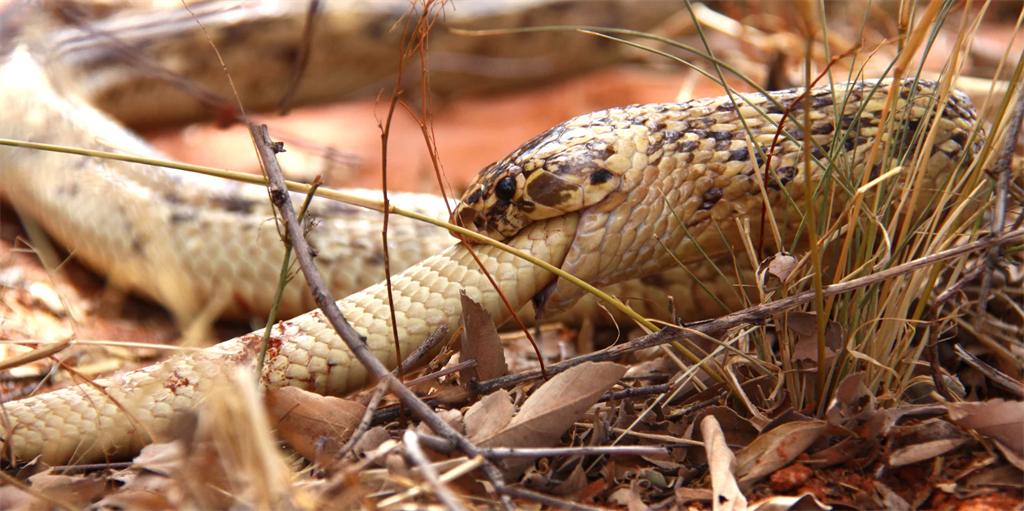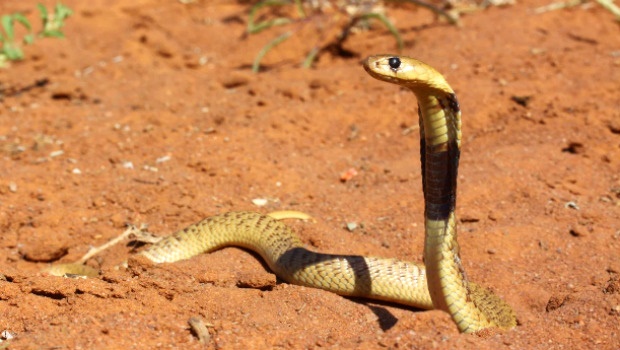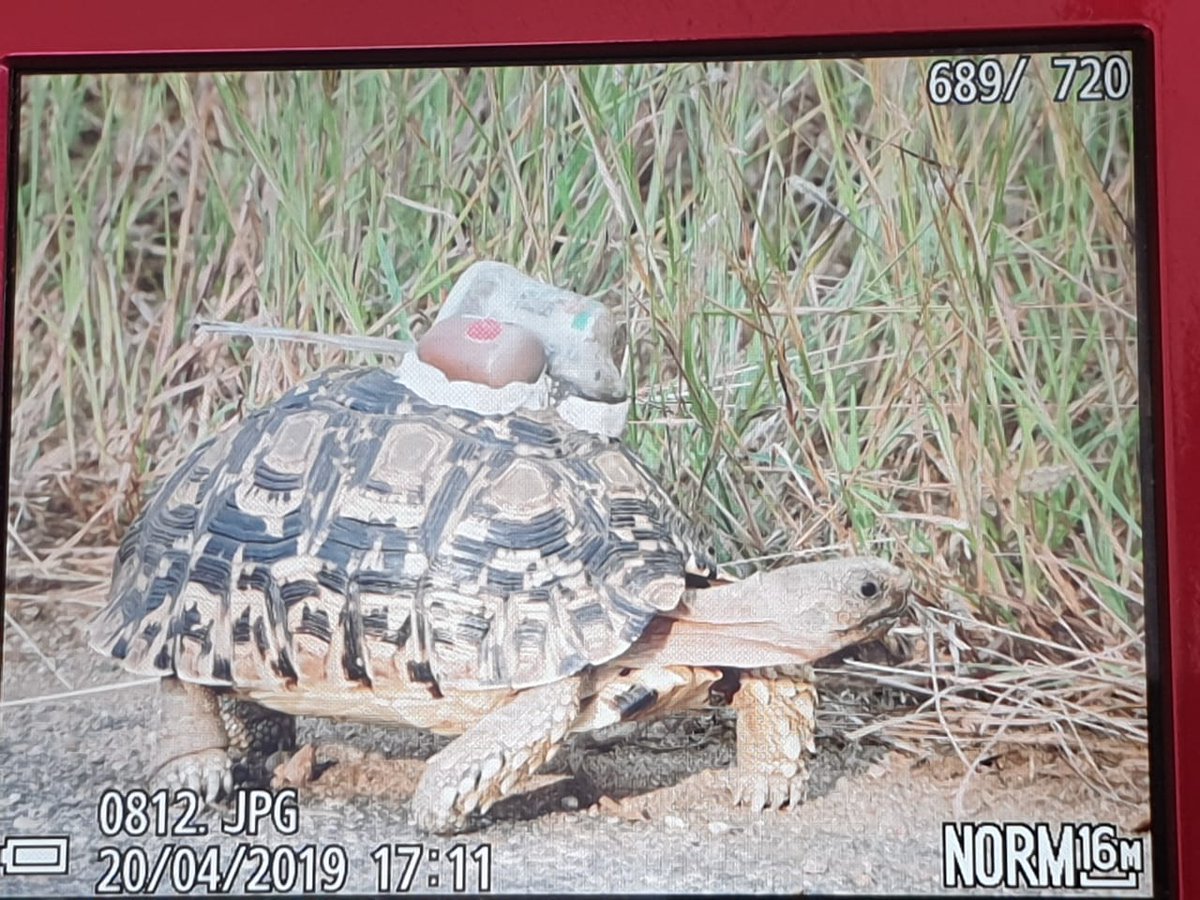The curious case of 'Hannibal', the Cape cobra cannibal
2018-10-07 11:01
Jenna Etheridge
 'Hannibal' the Cape Cobra cannibal (Supplied)
'Hannibal' the Cape Cobra cannibal (Supplied)
A 1.67m male Cape cobra in the semi-arid grasslands of the Kalahari Desert has caused a stir after he was caught snacking on one of his own.
Researchers from the University of the Western Cape (UWC) were not expecting to find "Hannibal" with a smaller, less fortunate male of the same species stuffed in his mouth.
While at the Tswalu Kalahari Reserve in the Northern Cape for a long-term project that tracks snakes with radio transmitters, they got a radio alert about "two large yellow snakes fighting".
UWC's Dr Bryan Maritz tells News24: "Most snakes have ritualised combat and we thought it was going to be that".
"By the time we got there, the smaller snake was halfway down his throat!"
Maritz, who was with his researcher wife Robin, was able to take a photo just 1.5m away from the dangerously venomous snake.
"It was easy to take a photo because he was completely preoccupied with swallowing that thing."
 hannibal cobra (Supplied)
hannibal cobra (Supplied)
Snake-eating found to be commonplace among cobras
Inspired by observing "Hannibal" in the field, they set out to explore if cannibalism and ophiophagy (eating of snakes) in the species was more common in the wild than it has been thought.
Together with Professor Graham Alexander, from the Alexander Herp Lab at the Wits School of Animal Plant and Environmental Sciences, they extensively reviewed information in scientific reports, a social media group with predation records and minor and difficult to access publications.
The study, The underappreciated extent of cannibalism and ophiophagy in African cobras, highlighted that snake-eating is commonplace among wild cobras.
They found that snakes accounted for between 13% and 43% of all prey detected in their diets.
Puff adders seemed to a be a popular choice of snack.
Maritz says this cannibalism is fairly well known but they wanted to show it was probably more common than many people appreciated.
"The main reason it is interesting is that this is the snake's biggest meal."
https://youtu.be/HHKUwTTXHqQ
All recorded events involved male snakes
He says the meal is small enough to fit through the mouth but offers "potential massive energetic value".
Also of interest is that the winners and losers in their recorded cannibalism events were male.
The study raises the question of "whether cannibalism evolved from a male-male combat behavioural precursor, especially given that male-male combat in cobras is known to include biting".
Maritz says snakes generally fight with each other in ritualised behaviour, commonly for access to a female to mate with.
"I have to be quite explicit that it is very speculative... if you fight with a male once, it might be better to get rid of him permanently."
 Baby Cape cobras are more vulnerable to cannibalism (Supplied)
Baby Cape cobras are more vulnerable to cannibalism (Supplied)
He cautions that quite a bit of field work is needed to develop the theory.
What is clear though, is that it is a snake-eat-snake world out there.
This research has been published in the Ecology journal.
 Robin Maritz, a UWC researcher, tracks snakes via radio transmitters (supplied)
Robin Maritz, a UWC researcher, tracks snakes via radio transmitters (supplied)





